Did you know that poisoning is one of the leading reasons for emergency veterinary hospital visits? The evidence on this is quite disturbing. Every year, more than 401,500 cases of pet poisoning are reported in the United States alone. This essay, written by a local Gainesville, GA veterinarian, explores common poisons and provides suggestions and rules for keeping your animal companion safe.
Are Poisoning Concerns For Dogs And Cats Different?
Yes and no. In most cases, something hazardous to Fluffy will be harmful to Fido, and vice versa. However, they have distinct physiologies, inclinations, and behaviors, resulting in some differences.
Cats may be more susceptible to illness as a result of spilled liquids or simply having something in contact with their fur. Fluffy’s skin is highly sensitive and absorbs stuff quickly. She is also quite particular about grooming herself, which puts her at a higher danger of licking something from her coat. However, Fido can—and does—still lick hazardous material from his paws.
Another difference? Our canine companions will eat and chew almost anything. Some dogs outgrow this after they stop teething, but others chew well into adulthood.
What Should I Do If I Think My Pet Has Been Poisoned?
This is not a ‘wait and see’ situation. It is essential to act quickly; your cherished pet’s life may depend on it.
The first thing to do is contact your vet. If it’s after hours, contact an emergency clinic. You could also call a pet poison hotline. There are various options. The ASPCA’s telephone number is (888) 426-4435. (Note that charges may apply.) Fido or Fluffy will require emergency veterinary care, but it is ideal if you inform us ahead of time so that we can plan accordingly.
You may also be asked to offer first aid, such as hydrogen peroxide. Follow the instructions exactly, and do not administer anything unless directed to do so by your veterinarian or a poison hotline representative. Doing the wrong thing may be riskier than doing nothing!
What Are the Warning Signs of Poisoning in Pets?
The particular symptoms will vary depending on the type and quantity of poison consumed. However, there are a few common ones to be aware of.
- Vomiting
- Diarrhea
- Respiratory Problems
- Coughing
- Drooling
- Seizure
- Twitching
- Staggering
- Lack Of Appetite
- Fever
- Thirst
- Abdominal Pain
- Bloating
- Collapse
- Shock
- Coma
- Weakness
- Elevated Pulse
- Lethargy
- Excessive Urination
Behavioral changes may also serve as a warning. When cats become ill, they often withdraw themselves. Dogs could also appear depressed. Grumpiness can also be a warning sign in some pets.
Keep in mind that these indicators can suggest a range of conditions. If you observe anything strange or unusual, contact your Helen, GA veterinarian immediately.
Are Essential Oils Toxic for Pets?
Many people include aromatherapy into their health and wellness regimes. Use care. Many of these oils are highly concentrated, which makes them potentially harmful.
Here are some of the riskier ones:
- Cinnamon
- Tea Tree Oil
- Citrus oils
- Pennyroyal
- Peppermint
- Wintergreen
- Ylang Ylang
- Pine
- Sweet Birch
- Clove
- Anise
- Wintergreen
- Juniper
For more information, contact your local Cornelia, GA veterinarian.
Which Foods Are Toxic to Animals?
Many popular human meals are harmful to Fido and Fluffy! This listing includes the following:
- Anything containing xylitol (birch sugar)
- Mushrooms
- Caffeine
- Alcohol
- Avocado
- Grapes
- Raisins
- Currants
- Garlic
- Onions
- Scallions
- Chives
- Various nuts, including macadamias.
- Chocolate
Take care not to let Fido or Fluffy have anything that isn’t safe for them. Contact your veterinarian for more information.
What Common Household Products Are Toxic to Fido and Fluffy?
The number of ordinary household items that could hurt your pet may surprise you. As a general rule, everything that would be unsafe for a youngster may endanger your four-legged companion.
Here’s a short list:
Pesticides: Bug spray, rodenticides, mouse and rat bait: anything designed to kill insects will be harmful to your beloved pet. Many rodenticides contain warfarin, an anticoagulant. If swallowed, this can cause severe, potentially fatal internal bleeding.
The list also covers treatments for fleas and ticks. These are safe to use as directed. However, doubling up or providing the incorrect dose can put your pet at risk of poisoning.
Automotive Products: Antifreeze is one of the most hazardous. Many of these goods have a flavor that pets like. Choose a pet-safe brand. (It would still be dangerous for pets, but it is less appealing to them.) Gasoline, oil, lubricants, paint, cleansers, and wiper fluid all provide additional hazards. Keep your pet away from locations where you have used chemicals, rodenticides, or pesticides, and immediately clean up any spilled antifreeze or chemicals. Use sand or kitty litter to cover stains.
Medication: Some of the most harmful are aspirin, acetaminophen, and nonsteroidal anti-inflammatory medications (NSAIDs) like ibuprofen. Dogs tend to be the bigger risk, as they are more likely to chew a bottle of pills or vitamins than cats. However, it’s best to play it safe. Keep both over-the-counter and prescription medications away from Fido and Fluffy.
Lawn and Garden Products: These are especially harmful because our pets can easily consume them. All Fido and Fluffy have to do is go across a recently treated area and lick their paws or fur. Slug or snail bait is extremely harmful for dogs. The problem here is a chemical called metaldehyde, which is found in numerous brands. Fertilizer, fungicide, weed killer, and herbicide are all toxic. Keep your pet away from recently treated areas. Also, make sure to soak the treated areas with water after you apply the product. Properly soaking areas following applications ensures that the chemicals leach into the soil.
Cleaning Agents: All household cleaning solutions should be considered harmful to pets. Bleach, disinfectants, furniture polish and oil, detergent, drain openers, mold killers, and other things enter this area.
Which Houseplants Are Toxic to Fido and Fluffy?
Many pets enjoy nibbling on plants. That can be adorable, but it can also be really dangerous.
Lilies are among the most toxic plants for cats. Even little dosages can kill cats. Fluffy merely has to nibble on a leaf or drink a small amount of water to become extremely ill!
Here are a few of the toxic ones:
- Rhododendron
- Sago palm
- Foxglove
- Lilies
- Irises
- Peonies
- Tulips
- Daffodils
- Crocus
- Cyclamen
- Chrysanthemum
- Ivy
- Hyacinth
- Oleander
- Amaryllis
- Lily of the Valley
- Azalea
- Hydrangea
- Holly
In general, anything with a bulb should be considered hazardous. That list includes tulips, daffodils, onions, and garlic, to name a few. However, many different plants are toxic to our animal friends. The ASPCA’s website here contains some very helpful information regarding safe and dangerous plants.
Remember that even non-toxic plants can be harmful. Roses, for example, contain sharp thorns that, if consumed, can cause considerable internal damage. Ask your veterinarian for further information.
Are Salt Lamps Toxic to Pets?
Actually, yes! Some animals really like the taste of salt. A bit is one thing, but too much is very dangerous. Fluffy and Fido may obsessively lick the lamp, putting them at risk of salt poisoning. That’s not to say you can’t have one; just keep it out of reach of your pet.
Make An Appointment At Our Gainesville, GA Pet Hospital
Are you concerned about your pet’s well-being, safety, or care? We are always delighted to help! Please contact us, your Gainesville, GA, animal clinic, today!
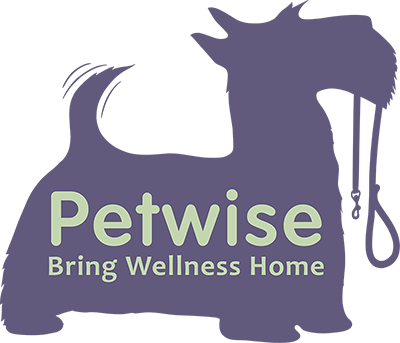
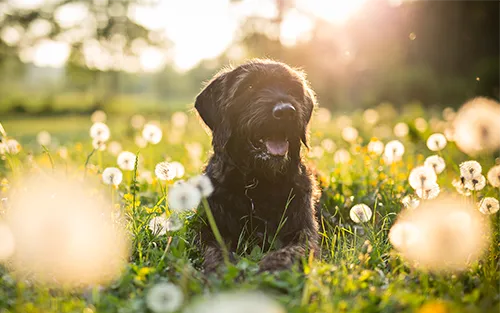
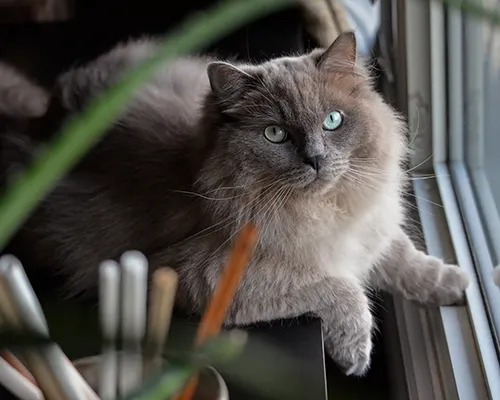


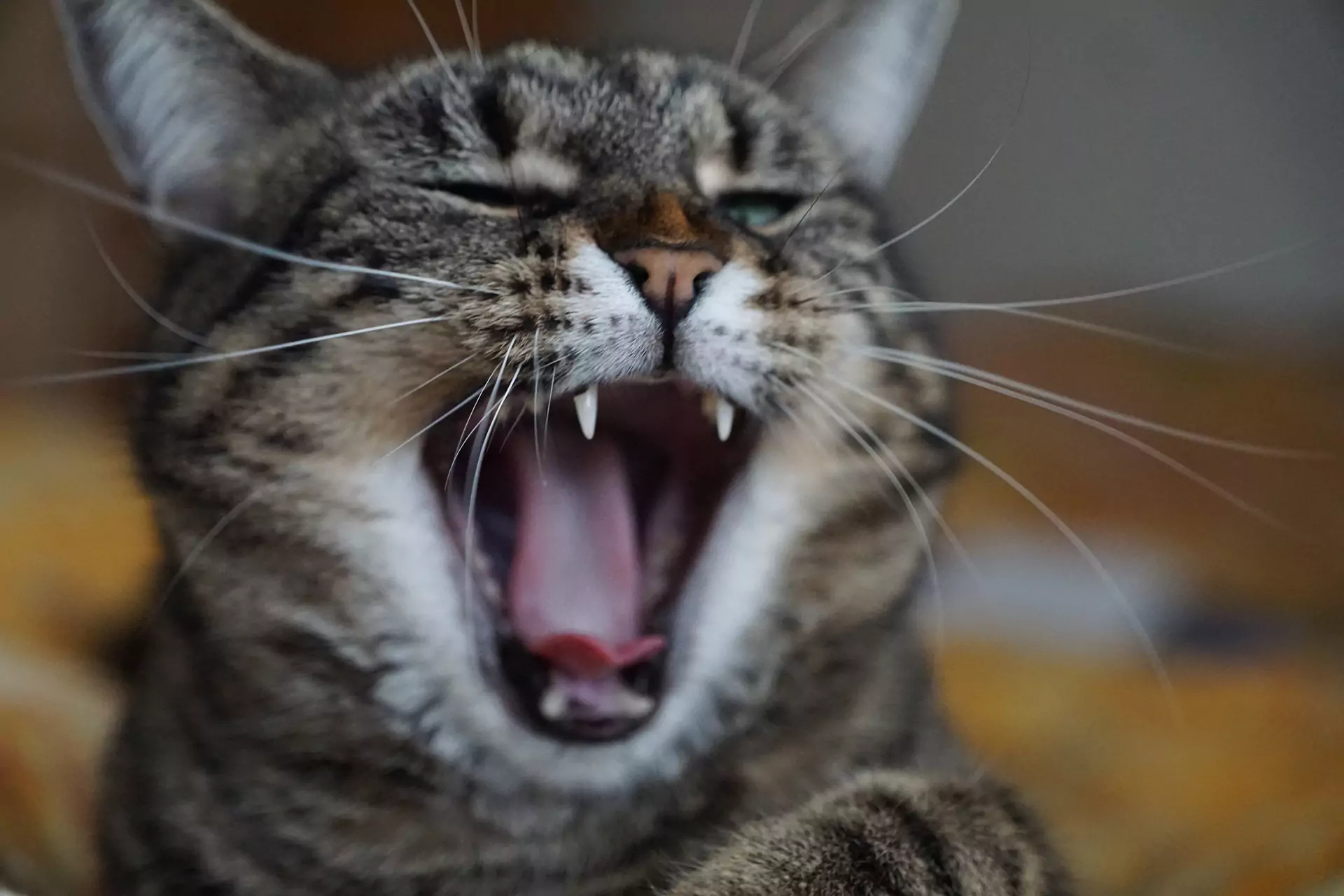
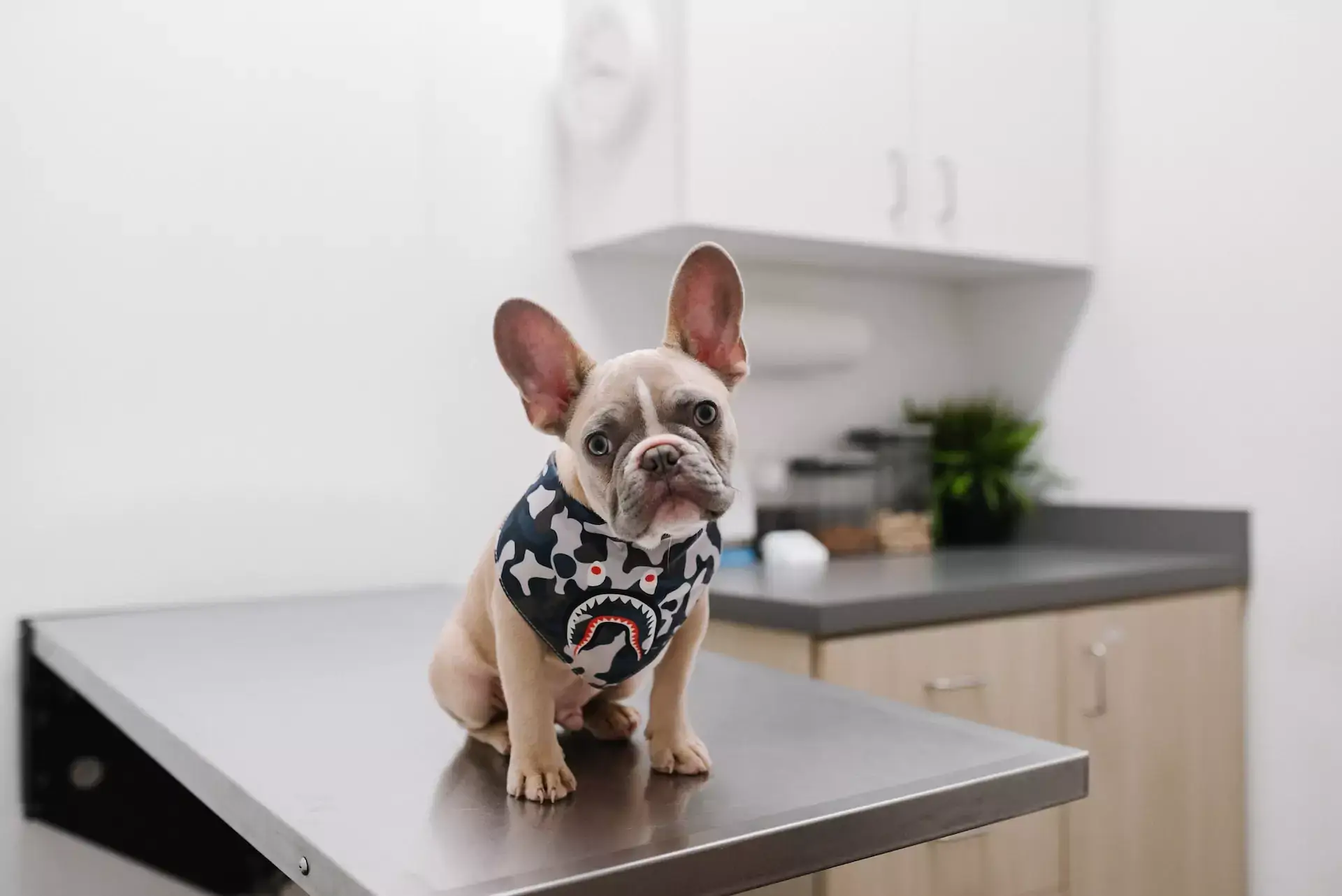
!Social Media Icons